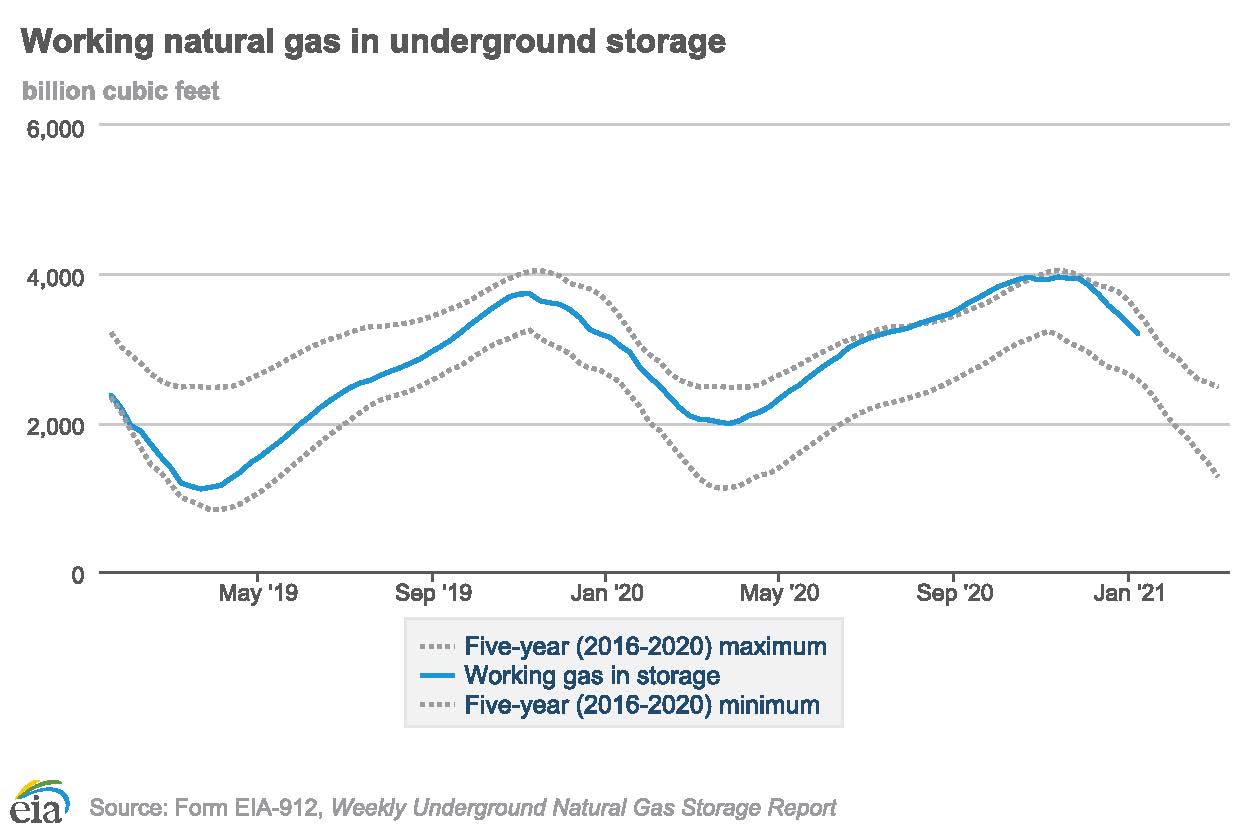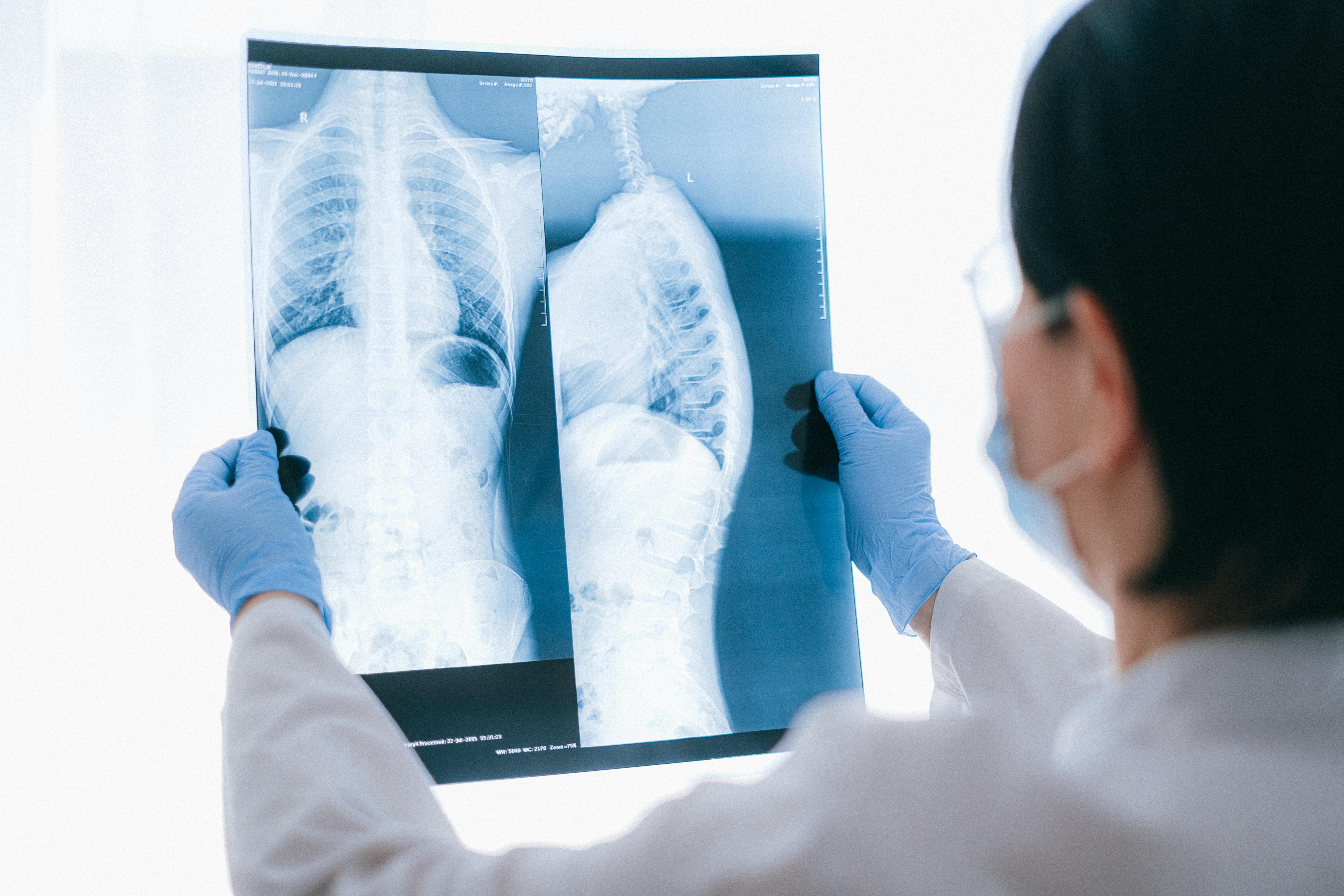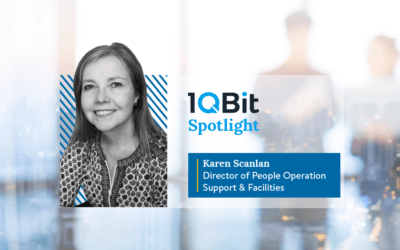NLP in Medical Image Analysis
One of the many possible applications of NLP in the health care industry is in the automatic analysis of radiology case reports, where the abnormalities mentioned by the radiologists can be detected and extracted in order to prepare summaries of the reports. This information can then be saved in patients’ files for later reference. It can also serve as metadata and aid in the development of AI models for X-ray image analysis, an approach that 1QBit took.
XrAI is an AI tool developed at 1QBit to help radiologists detect lung abnormalities in X-ray images. With the use of accurate computer vision models, XrAI highlights the regions in a chest radiograph where abnormalities are present. To attain a high level of accuracy in detecting these abnormalities, the deep learning computer vision models behind XrAI were trained with a large amount of data. Many unlabelled chest X-ray images had to be annotated accurately, since mistakes in the labels would degrade the performance of the model. The annotation process for X-ray images is a complex and time consuming task, but NLP can increase its efficiency and speed. Annotating chest X-Ray images, a task that can only be performed by a radiologist, requires a huge amount of time and resources. An alternative approach, adopted at 1QBit, is to take advantage of the case reports that accompany the X-ray images, which contain the observations made by the radiologist performing the X-ray exam.

Figure 1: Representation of how XrAI provides workflow efficiency by delivering its findings, including the level of confidence in those findings, directly within a clinician’s standard radiology viewer.
One of the next steps in terms of the future of image analysis at 1QBit is to detect the specific type of abnormalities present in X-ray images. This, in turn, requires an NLP model that is capable of identifying the same abnormalities in a given case report. 1QBit is currently working on developing multi-label text classification models with the aim of achieving high accuracy scores for all abnormalities to produce high-quality labels for the image models.
“1QBit researchers developed an NLP model capable of analyzing radiology case reports and determining if a report indicates the presence of a pulmonary or pleural space (chest cavity) abnormality.”
Another application of NLP in 1QBit’s health care solutions is the Merlin tool. Merlin looks for recommendations of follow-up procedures within a case report and identifies the type, as well as the suggested time period and the part of the body, if applicable, for the recommended procedure. This information can be used by radiology clinics to automate their scheduling, while making sure that no follow-up exam is missed.

NLP’s Potential
The adoption of NLP in health care is increasing because of its potential to search, analyze, and interpret large amounts of data. As a global leader in the sector, 1QBit is on the cutting edge of this technology and has developed tools that will help clinicians provide world-class care by identifying relevant concepts from medical reports to increase the quality of patient care and attain better patient outcomes.
To learn more about exciting developments at 1QBit, subscribe to our blog and follow us on social media.




